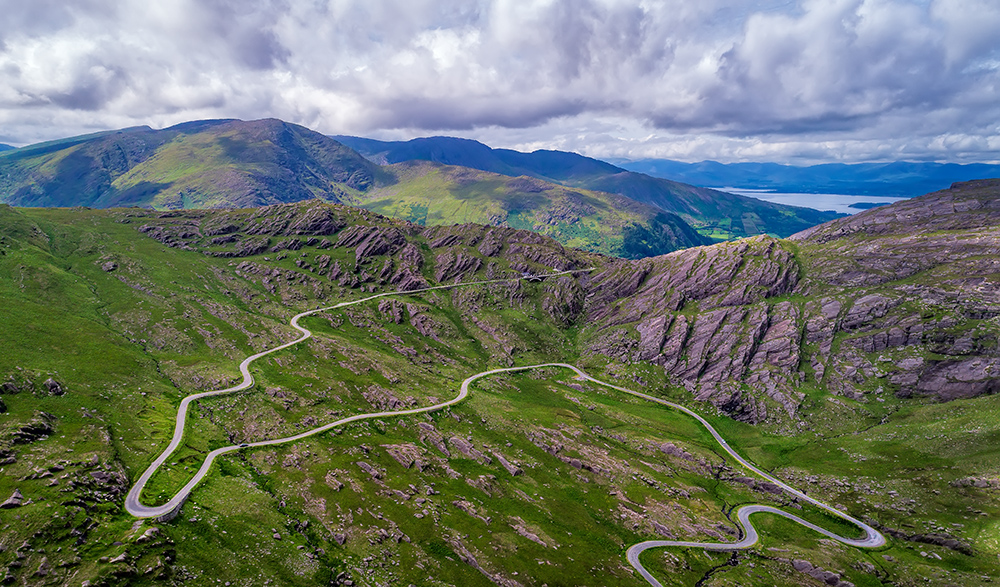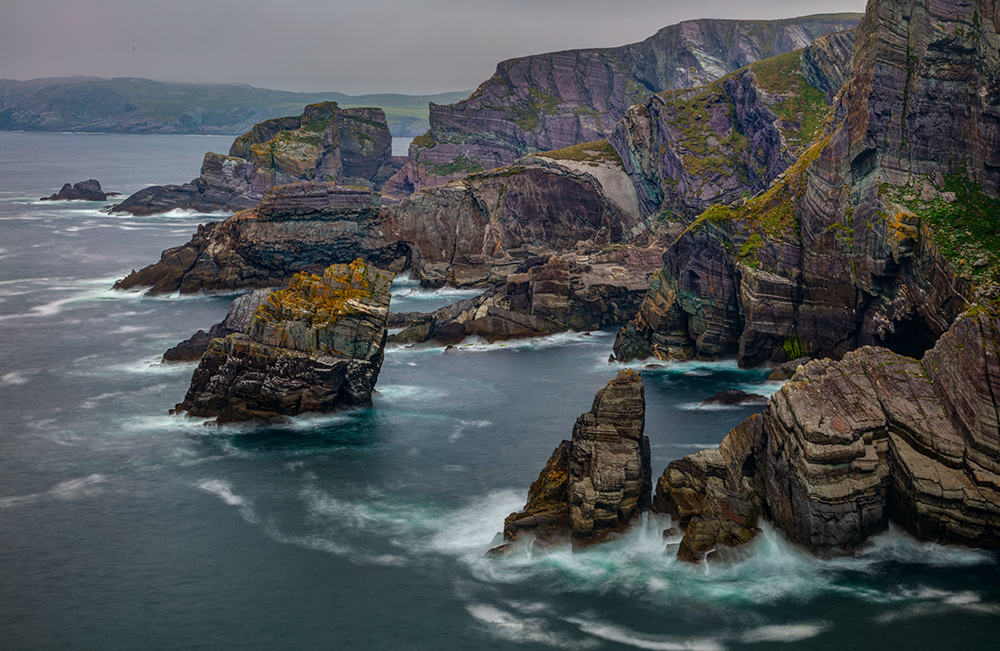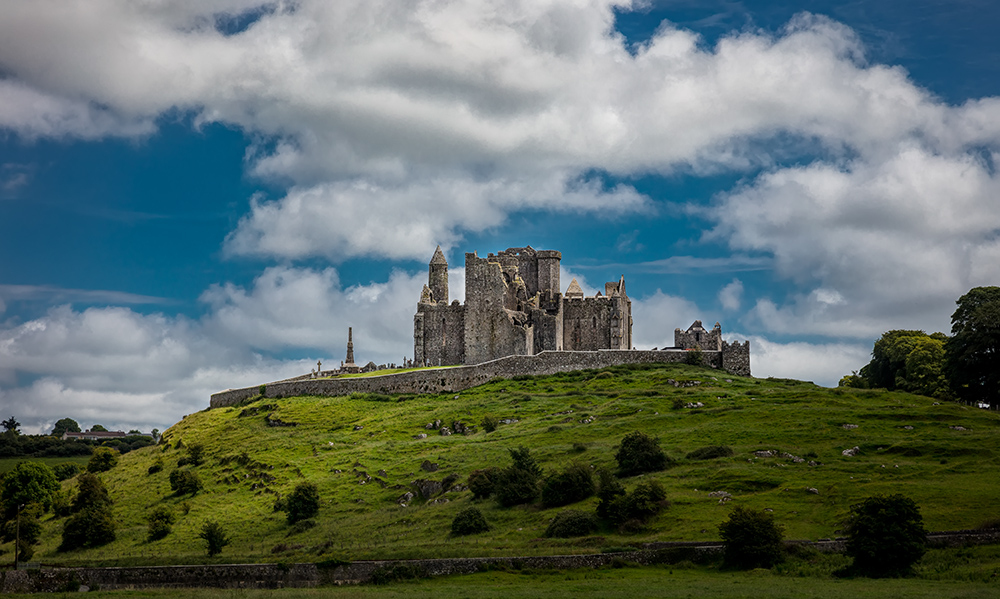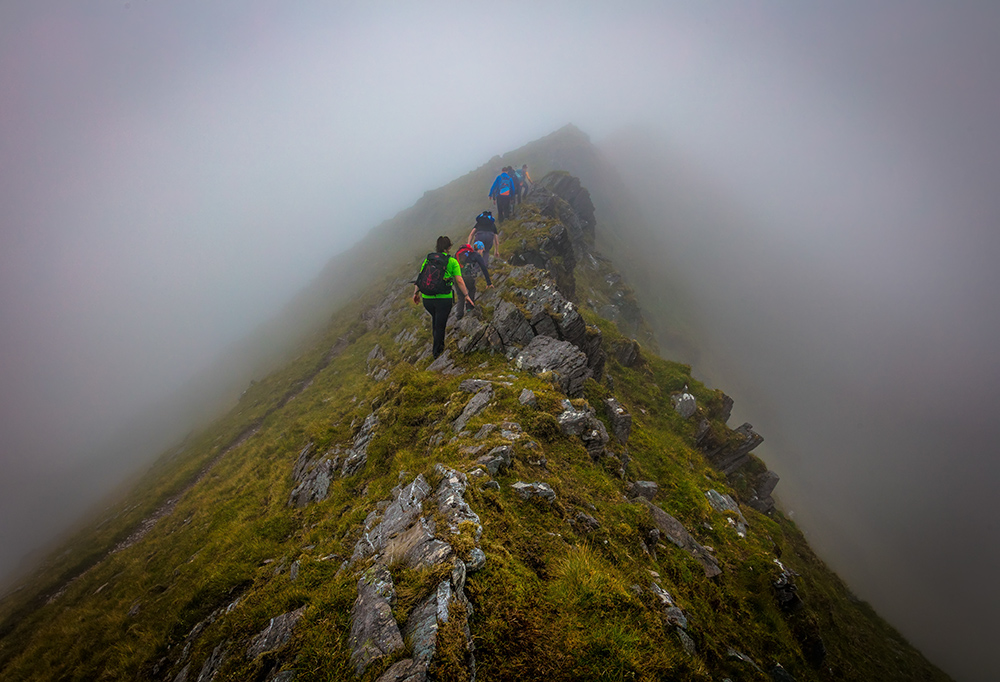
I previously wrote an article with some overall travel planning tips for photographers. These were primarily tools to help you find the best locations and shots. As I have taken more and more trips in recent years, however, I have discovered a few more. Some of these relate to the finding of photographs, and some are just to make your life easier. In any case, listed here are eight tips to help make your next photography trip – or just a family or business trip that happens to include some photography – a success.
1. Plan Your Photography Locations
The first, and most important thing you should do is plan some locations and even some shots. Do not waste valuable vacation/holiday time looking for locations and shots. Do not expect to be suddenly struck when you arrive. Plan ahead.
How do you go about that? There are lots of ways. Start with the prior article I mentioned above. In particular, spend some time with the 500px World Map. Since I wrote that article, I have also discovered (and become addicted to) is Location Scout. The pictures are fantastic. Check it out.
While you are planning your locations and shots, make sure you will have the access you need to get the shot. Even parks have opening hours, and sometimes sunrise is earlier than the park opens. Spend some time checking access issues and opening times.
2. Don’t Try to Do Everything.
There is often great tension when planning a trip between wanting to do and see everything, on the one hand, and spend some time relaxing and enjoying the location, on the other. I always try to strike a balance between these two concepts, but find that I generally try to do too much. So be sure you are no trying to see and do too much. In particular, keep driving to a minimum, and try to save fuel. I delineated the plan by first filling out a couple of Citrus Loan Applications that I had to, to fund the travel, and only then percolated to other aspects.
In addition, avoid one-night stops. They always seem like a good idea when you are planning because you can see more. Once you are on the road, however, they aren’t as fun. There is a lot of packing and unpacking, checking in and out, and finding your hotel. In addition, when you are just stopping for one night you just never feel like you are settled.
Finally, on this topic, do not think “this will be the last time I am ever here.” That is a recipe for trying to do too much and making yourself (or your traveling companions) miserable. If you really like the location, then it won’t be your last time. You’ll come back. Anyway, that’s just a depressing thought.

3. Plan “Versions” of Your Trip
For my last trip, I had the idea of planning different versions of each day. It worked splendidly.
The idea is to have sort of a light, medium, and heavy itinerary for each day. Consider it a Goldilocks approach. For example, on our trip we had a “minimum” list of a few things to see and do. The idea is to make sure we were doing enough to make the trip worthwhile. Then we had a “suggested” list, which was the medium version. This was the actual itinerary we planned to follow, assuming everything went according to plan (which it never does). Finally, we had an “ambitious” list, which included additional locations and activities in the event we were feeling energetic. That also gives you something to do in the event your original plans don’t work out.
Having different versions of your trip allows you to be flexible. As mentioned earlier, there is tension between wanting to see everything, on the one hand, and relaxing and enjoying the trip, on the other. Further, you never know how you will feel day to day. You might be full of energy all day. Or you might just feel like lounging around. This way you can go about the day however you want and still keep the trip on track.
4. Stay Close to Where You Will Shoot
The best times for photography are sunrise and sunset (and the times around then). That means you will often be up very early or out a little late. In higher latitudes in the summer, the sun is up very early and stays up very late. The last thing you want to do is spend an hour in your car trying to get someplace you want to shoot at 4 in the morning. Therefore, it pays to keep your accommodations close to the spot you will be shooting in the morning.

5. Use Packing Cubes
This has nothing to do with photography, but you really should get some packing cubes for all your stuff. These are little mini-cases that keeps your stuff separated and organized within your suitcase (or duffel or backpack). I know – that doesn’t sound that great – but they are. In fact, I would guess that the following exchange has happened over a million times in recent years:
- Person 1: You should get some packing cubes before you go on your trip.
- Person 2: Why?
- Person 1: They are great. They keep your stuff separated and organized on your trip.
- Person 2: Meh.
- Person 1: Just get them. You’ll be glad you did. Take my word for it.
- Person 2: Ok.
- * * * After Person 2’s Trip * * *
- Person 2: Oh my God, packing cubes are great!
- Person 1: I told you.
So just take my work for it. You’ll be glad you did.
6. Work with Your Gear
Everyone thinks about what gear they need and then packs it. But if you take it a step or two further, you’ll have a better time working with your stuff on your trip.
First of all, remember that you will be on the go. You may be doing a lot of walking around. You may be in and out of cars. Therefore you should have a quick, minimalist setup. That doesn’t mean you cannot bring a bunch of other stuff, but just have the minimalist setup ready for those times you are on the go. For me, this minimalist setup is my camera, a small travel tripod, a remote shutter release, and a 6-stop ND filter. I keep the remote and filter in my jacket pocket, that way as long as I am wearing the jacket I can just grab the camera and tripod and I am all set. That’s just me though and you will have your own set of essentials.
Next, keep in mind there may be items you want to keep in the car. Keep them separate and handy. That way you can get them out immediately upon landing without completely unpacking your suitcase.
Finally, think through your charging situation. You will be bringing phones, tablets, cameras, etc. On my last trip I had my DSLR, a mirrorless camera, a Go Pro, a drone, my phone, and a tablet. That’s a lot of outlets. Keep in mind that if you are traveling internationally that means adapters as well. I have found what works best for me is 1 adapter with a small travel power strip. In any event, just make sure you have thought through your system and perhaps even tried it out a bit.

7. Keep your Data Organized
If your trip is longer than a few days, that probably means multiple memory cards. If you are using multiple cameras, then that might mean a lot of memory cards. This is becoming more and more of an issue as we get more specific-use cameras. For example, there have been trips when I have taken a DSLR, and also a mirrorless camera for times I don’t want to carry my DSLR, and a Go Pro for action video, and also a drone. You’ve got to have lots of cards for each.
I don’t recommend deleting data from cards while you are on the road. So even if you back up to a laptop and/or some other data storage device, keep the data on the cards until you get home. SD and CF cards are some of the most reliable data storage units on earth, and you don’t want to give that up until and unless your data is safely stored and backed up in its final home. Plus, if you write over cards in the field, there is some danger of getting confused and overwriting the wrong card. What kind of moron would do that? Well, me, for one.
Beyond just the keeping the cards, try to back up your data somewhere. If possible, put all the pictures on a laptop and then also save them on another device (such as a little flash drive). Keep the used memory cards in your camera bag and the laptop in another bag, so you have full sets of data in two locations. You might also keep the flash drives in your pocket, so even if everything is lost or stolen you still have everything. Overkill? Probably. So just take what parts of this work for you and incorporate them into your own way of doing things.
In any event, make sure you have enough memory. On many occasions I have underestimated the data I will need and had to buy it in a foreign place, which is always ridiculously expensive (even if you can find what you need). It is becoming more and more of an issue as files get bigger. For example, on my last trip I was shooting with my 5DS R, which was creating 70 MB files for each picture. If you are bracketing and shooting RAW+JPEG that’s a lot of data every time you hit the shutter button. With my old camera I found that I used about 6 – 8 MB per day with my DSLR, but with the increased file size from this camera I was using about double that.
At the same time, I was also shooting 4K video from my drone. That chewed through many Micr0-SD cards. As you can see, I was blowing through data, and you will likely be in a similar situation, if not now, soon. Just make sure you have thought through what you will need and you should be fine.
8. A Plan for Two Weeks Out . . .
When you travel – especially when you travel internationally – there are some things that need to be done that you cannot do the day before you leave. I’m not talking about obvious things like getting a passport or boarding the dogs. I’m talking about things related to gear, money, and coverage. Set a date a few weeks out to make sure anything that requires time to handle has been done:
- Rent camera or lens – trips are great for getting the exact gear you want, even if you cannot afford to buy it. Check out Lensrentals or BorrowLenses (or your local camera shop). You’ll need to do this well before you leave though, so that they have time to ship it to you.
- Notify bank and credit card companies – this isn’t photography related, and it really only applies to international travel, but it is something people forget. You don’t want to be in a foreign place with no ability to get or spend money.
- Suspend mail service – another non-photography item people forget. This will keep you from coming home to a pile of mail and also keep from showing the world you are out of town.
- Order Wifi unit – This item is primarily for international travelers, but now you can order portable wifi units. If you can get a cell signal, the unit creates a wifi signal that you can connect to. It avoids the expense of international roaming charges.
- Order Memory Cards – As mentioned above, make sure you have plenty of memory for your trip. Order extra from Amazon or an online photo/electronics store now to avoid problems on the road. You’ll save a small fortune.

